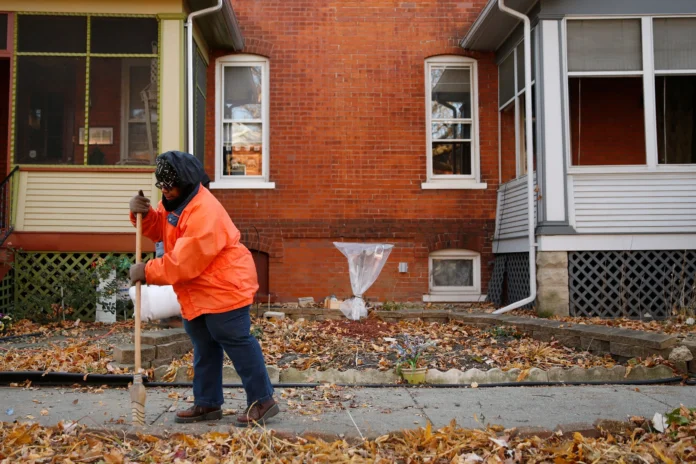Authors: Andre M. Pery, David Harshbarger
Affiliation: Brookings
Organization/Publisher: Brookings
Date/Place: October14, 2019, U.S.
Type of Literature: Report
Word Count: 2678
Link:https://www.brookings.edu/research/americas-formerly-redlines-areas-changed-so-must-solutions/
Keywords: U.S., Investments, Racism, Black Americans, Redlined Neighborhoods
Brief:
Redlining, the marking of minorities’ areas within urban centers, led mainly to the isolation of the Black population, due to its “warning” effect for investors. This discriminatory system was federally created but locally implemented and prevented especially Black Americans from being able to buy properties or improve their already owned homes. Consequently, these areas are now characterized with a lower median household income, lower home values, older housing stock, and low rents. According to the data from the Census Bureau’s American Community Survey (2017), approximately 11 million Americans live in former “redlined” areas. Among these 11 million, the Black population is ranked as third among racial groups after Hispanics and Whites. New York, Los Angeles, Philadelphia, San Francisco, Boston, San Diego, Detroit, Milwaukee, and Baltimore are the cities with “the most populous redlined areas”. The redlined areas especially in the West have a small Black population. Sen. Kamala Harris, Sen. Elizabeth Warren and Ind. Mayor Pete Buttigieg are challenging the discriminatory attitude of redlining maps by presenting some solutions to close the racial wealth gap: Sen. Harris suggests a plan to invest $100 billion, Sen. Warren speaks of a payment assistance for first-time home buyers in areas that experienced segregation in the past, and mayor Buttigieg recommends the “Community Homestead Act” that enables residents to purchase abandoned properties. However, the authors recommend that policymakers should consider the effect of place-based discrimination on people and place when thinking of solutions, and doubt that racial inequities in homeownership will vanish anytime soon in the United States.
By: Dilek Yücel-Kamadan, CIGA Research Associate




